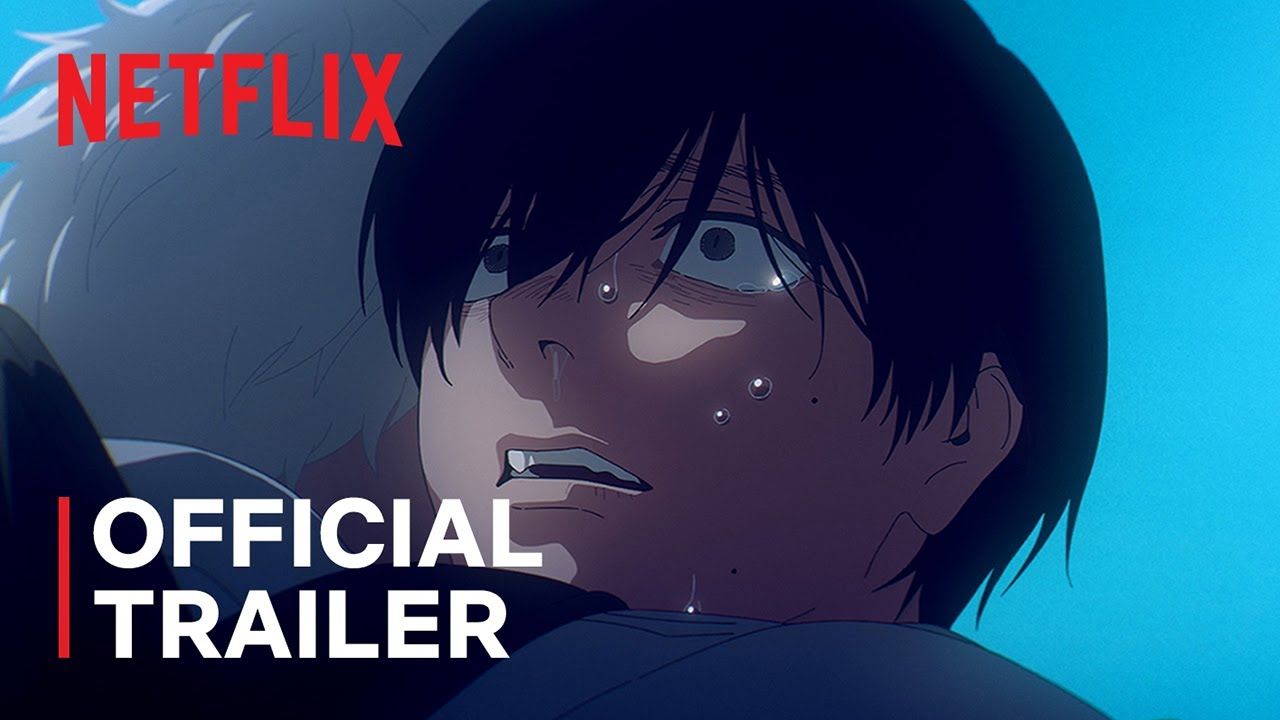Let’s dive right into some of the most intriguing comics-related news stories of the past couple of weeks.
News From DC and Marvel
|
|
- Val Kilmer, who played the Dark Knight in 1995’s Batman Forever, passed away from pneumonia on April 1.
- Marvel announced the cast list—X-Men fans will probably be very happy—and began production on Avengers: Doomsday, currently scheduled for release in May 2026.
- The Hollywood Reporter has the scoop on North and Ramos’s new Fantastic Four series. (Hint: There is time travel. And dinosaurs.)
- DC is, yet again, promising to clean up their continuity mess and make the DCU easier to understand. It’ll work this time, promise!
- The Kickstarter campaign for The DC Art of Jorge Jiménez is more than fully funded, but you still have until April 25 to contribute, if you are so inclined.
- The Marvel Rivals video game will be adding a whole bunch of new characters soon.
News From the Wider Comics World
 |
- Comics creator RE Burke is safely back in the UK after being wrongfully detained by ICE during a trip to the United States. Her family is now sharing her horrifying story—and Burke plans to create a comic about it—both to update supporters and to warn anyone who is considering traveling to the U.S. at this time. (My personal opinion: if you are lucky enough to not be in the U.S. right now, stay that way.)
- You can support Alex Segura, Sara Century, and Pat Kennedy’s new “sort-of superhero” comics project on Patreon.
- Princess Mononoke was re-released in the United States, just in time for the distribution company to fire shots against an OpenAI program that allows users to “replicate” Studio Ghibli’s distinctive style in ways that Miyazaki and other animators abhor.
- Matt Owens, who played a pivotal role in bringing Netflix’s live-action One Piece adaptation to fruition, is now stepping away from the series.
- The trailer for the last season of My Hero Academia dropped at the AnimeJapan 2025 expo.
- The trailer for The Summer Hikaru Died also dropped.
- There’s still time to get in on the Kickstarter campaign for The Mask of Haliya: Echoes of the Forgotten Past, a fantasy “inspired by Philippine mythology.”
- Want more trans graphic novels in your life? Of course you do! Book Riot’s Danika Ellis has you covered.
The following bonus content comes to you from the Editorial Desk. Enjoy this sneak peek!
This week, we’re highlighting a post that celebrates the 100th anniversary of The Great Gatsby! Revisit F. Scott Fitzgerald’s classic (and emblem of assigned reading) and get a crash course on the book’s history, including challenges encountered by its readers and adapters. Read on for an excerpt and become an All Access member to unlock the full post.
January 16, 2025, marked the 100th anniversary of the publication of F. Scott Fitzgerald’s novel The Great Gatsby. The New York Public Library celebrated with a party, following a special performance of the Broadway musical adaptation of the novel. Simon and Schuster recently released a new audiobook with an introduction by Jesmyn Ward.
The novel’s theme of reinventing oneself is timeless. The ideas of living a lie by reinventing yourself and wealth making people callous are equally resonant today. How did this novel become so influential, especially on other American novels, and a fixture on high school syllabi? Was it always a bestseller? What aspects of Gatsby hold up, and which ones have aged terribly?
Fitzgerald’s original title for The Great Gatsby was Trimalchio in West Egg. I think the publisher was right to change it. Trimalchio is a character from the ancient Roman work The Satyricon. Combined with the fictional West Egg neighborhood, this reference is cryptic. Gatsby is now an icon in his own right. He doesn’t need a classical allusion for us to notice the theme of excessive wealth.
In a 2014 NPR interview, Maureen Corrigan, the author of So We Read On: How The Great Gatsby Came to Be and Why It Endures, explained how Gatsby became popular. Initial reception was mixed, ranging from the headline “Fitzgerald’s Latest a Dud,” to Modernist poets like T. S. Eliot saying they loved it. When Fitzgerald died in 1940, Gatsby was unpopular (but not out of print). A few years later, it was republished for US service members in World War II, and 123,000 copies were given to members of the military through the Armed Services Editions.
After World War II, Gatsby was no longer an obscure book with mixed reviews. It was considered a classic and became a staple of countless high school syllabi. Constance Grady wrote that Gatsby was ideal for many 20th and early 21st-century English teachers’ emphasis on New Criticism. It’s a great choice for close readings of short passages and analyzing symbolism. However, historical context is also crucial and should never be downplayed, especially in terms of bias.
The Great Gatsby possibly condemns white supremacist theories but uses racist language elsewhere. Tom Buchanan reads white supremacist books and goes on racist rants. Daisy mocks him for this. It’s easy to read this as condemning Tom’s overall bigotry. However, Fitzgerald also expressed racist and antisemitic views in real life.
Sign up to become an All Access member for only $6/month and then click here to read the full, unlocked article. Level up your reading life with All Access membership and explore a full library of exclusive bonus content, including must-reads, deep dives, and reading challenge recommendations.












